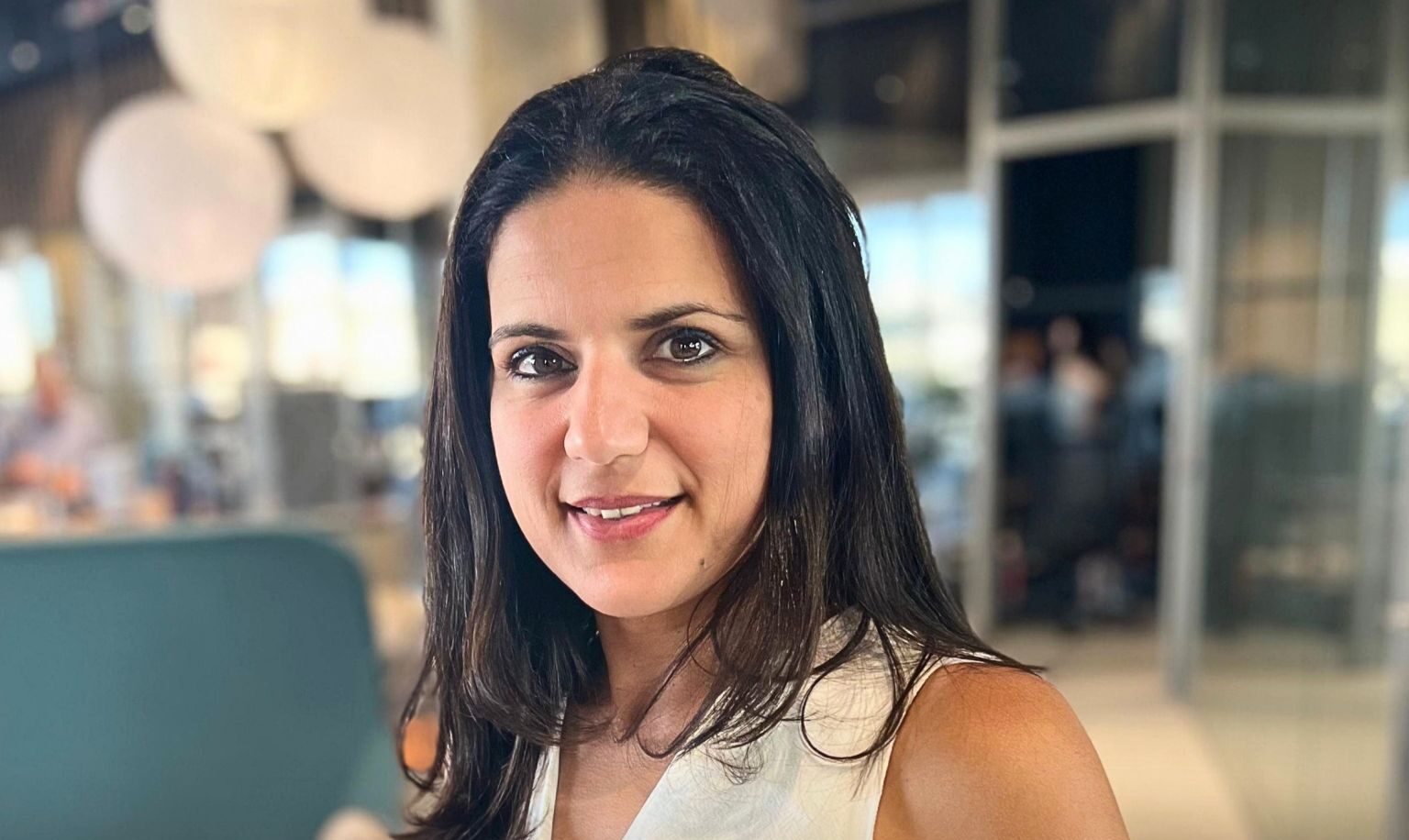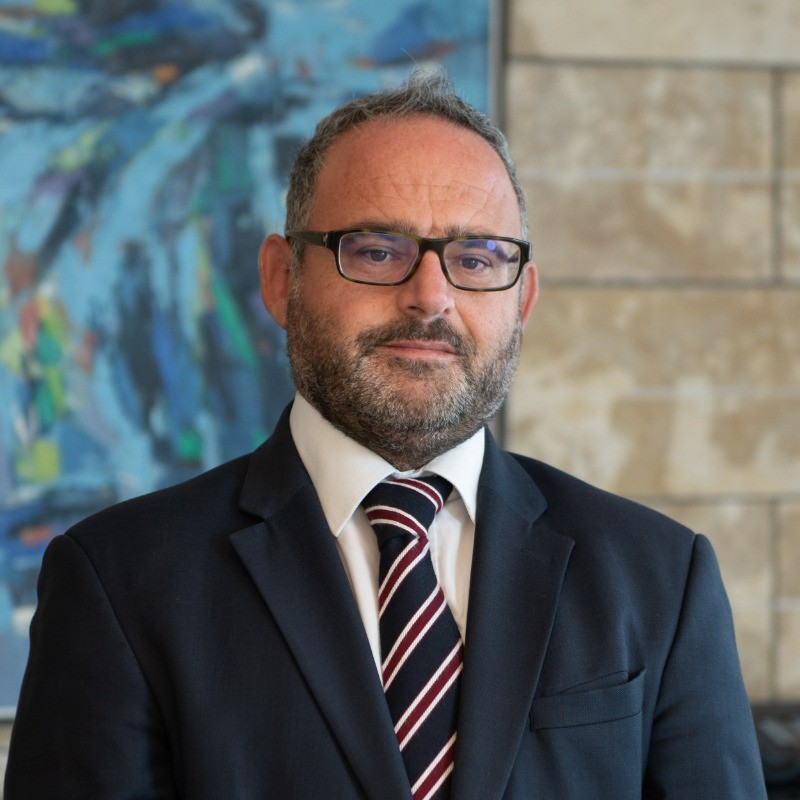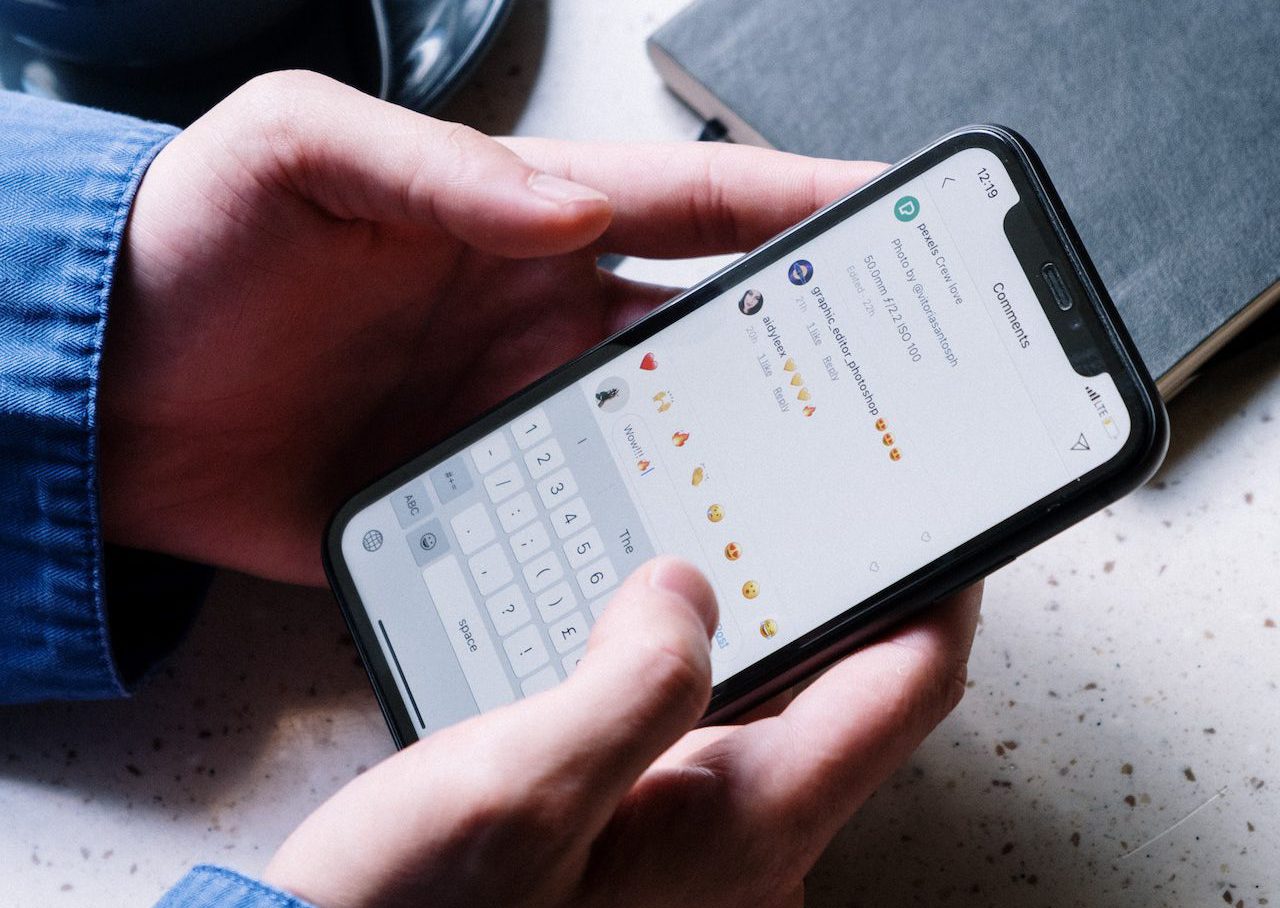When it comes to our physical health, it is common knowledge that if we value being physically fit, then we need to set goals to build our muscle mass or physical stamina. To do this, we may follow a training programme or go to weight classes that focus on strengthening different muscle groups.
Through mindfulness practice, we are similarly developing and strengthening several mental muscles (or cognitive skills) which can help us live and lead more effectively, and that can support our mental health and quality of life.
Practicing mindfulness is as important as understanding what it is and its benefits for leadership. This article guides you through what specific mindfulness skills you are building, and how you can integrate mindfulness into your life and leadership now.
How can I start to practice mindfulness?
Through formal and informal practice. The aim of both formal and informal practice is for mindfulness to become a lifestyle; a way of being, living and leading.
The formal practice of mindfulness means practicing mindfulness in a structured way, whereby we plan to:
- spend an allocated period of time (e.g. 3 minutes, 10 minutes, 30 minutes) on a regular basis (e.g. once a day or twice a day)
- following a set of guided instructions
- to build different mindfulness skills (e.g. observing, naming, being non-judgemental, shifting attention, being present)
This formal practice is also known as meditation. There are different ways we can meditate, through meditation classes, yoga, or self-lead apps (such as Headspace and Calm which can cover a range of topics (sleep, anxiety, walking meditations).
The informal practice of mindfulness means approaching our day-to-day life in a mindful way without necessarily scheduling a particular time to practice. We can approach every moment and activity mindfully (e.g. having a shower, commuting into the office or home office, conversing with a colleague, running at the gym, eating dinner). We do this by bringing our full attention to what is happening in the present moment (our thoughts, body, movement, emotions, environment) without evaluating or judging it.

What mental muscles are we developing through mindfulness practice?
It can be helpful to look out for the following core skills that are being trained through mindfulness practice so that you can monitor how you are developing them and whether you need extra guidance with strengthening any particular ones.
1. Developing an observing self
When practicing mindfulness, we are learning to notice or observe a range of internal and external stimuli that we are experiencing in any particular moment:
- our thoughts
- our emotions
- our body sensations
- our behaviours
- our breath
- our task or activity
- our senses (what we see, touch, smell, hear and taste)
- our environment
We are also learning to develop an observing part of ourselves, that is noticing that we are experiencing these internal and external stimuli, and not just experiencing them. It is like we have one foot in and one foot out of the experience. For instance, if we are feeling anxious about an upcoming meeting, one part of us is feeling the anxiety in our emotions and body and another part of us learns to observe that this experiencing is happening in the moment.
This skill enables us to maintain some cognitive distance so that certain patterns of thinking, feeling, and behaving do not blindly and automatically influence how we act and lead.
2. Allowing and acknowledging what we observe
An important quality of our observing self involves noticing our internal and external experiences without judging them as good or bad and quickly reacting to fix or change them. When we perceive our negative thoughts and feelings as something bad that we need to get rid of, we give our brain a message that there is a threat, which can increase our distress.
We can learn to acknowledge these experiences as they happen in the moment and to make room for them (allowing them to be), even if we do not like them. Acknowledging and allowing our unpleasant experiences does not mean that they will last for longer.
Rather, it enables us to be more open to and connected with what our mind, body and environment is communicating to us in the present. This can give us important information about what matters to us and what we need in that moment. We can notice when we are happy, when we are in physical pain, when we are upset, when we are hungry and then use this information to guide our actions.
3. Steering the wheel of our attention
It is a guarantee that no matter what we are doing, our attention is going to drift away into thinking about something that happened in the past, thinking about the future, getting distracted by an unpleasant emotion, a memory, a sound in our environment, or a physical pain. The human mind is busy and powerful, and we can easily get carried away with it.
Just like learning how to drive involves learning how to steer the wheel to direct the car towards our destination, mindfulness practice involves learning how to steer the wheel of our attention when our mind gets lost or stuck in tight alleyways or muddy side roads. Mindfulness helps us to notice when we go off-piste and to deliberately steer our attention back towards thought processes, intentions and behaviours that are going to help and serve us.
When we get pulled away from the present, we can follow these three steps:
Step 1. Notice that your mind has drifted away.
Step 2. Allow and acknowledge what you are experiencing in that moment.
Step 3. On purpose and with gentleness, take hold of your steering wheel and guide your attention back to the moment (you may focus back on your breath, an activity you are doing, your environment, your senses).
Once we focus back on the present, it is a guarantee that our mind will drift away and get distracted again; it will happen thousands of times. So here we repeat Steps 1, 2, and 3 over and over again. This is mindfulness training.
4. Acting deliberately
By developing an observing self and learning to steer our attention, we become more self-aware and this can prevent us from getting automatically swept away by thoughts, feelings, memories and habits of behaviour that have a negative impact on how we live and lead. We develop flexibility to steer our attention away from something that does not serve us and move towards something that is of our choosing in the present. In every moment we start to see that we have a choice to consciously respond based on our personal and organisational values.
5. Doing one thing and being fully present
Doing one thing at a time may sound challenging in today’s society where there are expectations to do more, be better, and go faster in work, education, relationships, parenting, hobbies, and physical health. As leaders, many of us have had to become excellent multitaskers to ensure that we keep up. The downside is that we may end up living mindlessly, not fully experiencing what we are doing.
We can start to notice when we are juggling multiple tasks and pay attention to the emotional and physical impact it has on us and others. We can try experimenting with doing one thing at a time and as we do, focusing fully on that one activity. If we are eating, exercising, playing with our child, sitting in a meeting or sending an email, then we focus on these things. Our experience of the activity may become richer and we may discover that there was a lot we were missing because our concentration was split. When our mind gets pulled away to our to-do list, to an argument last night, or worries about the future, we can steer our attention back to the activity we are doing.
Sometimes we do not have a choice but to multitask. Yet we can still be mindful that in that moment we are deliberately multitasking so that we do not multitask to the point of exhaustion; and when there is a moment to slow down, we are able to notice it and seize it.
6. Committing and practicing
How hard did you work to get to where you are today? How many times do you work out to increase your body’s stamina or to build your muscle mass? And what happens when you stop working out? We tend to lose our stamina and strength if we do not keep going. It is exactly the same with mindfulness practice. We need to Decide, Commit, and Practice:
- Decide that you are going to learn mindfulness.
- Commit. Make it part of your routine every single day.
- Practice. Initially it may feel clunky, you may feel uncertain or not feel like practicing, and it takes a lot of concentration. With perseverance and repetition, it becomes second nature.

Start small and start now
The journey of mindfulness practice can involve a range of experiences. Many clients worry that they are doing mindfulness wrong or get frustrated and think mindfulness is not for them when they repeatedly get caught up in unpleasant thoughts, feelings, memories, or physical sensations. If this happens to you, it does not mean you are ‘doing mindfulness wrong’; it is just your mind doing what minds do.
Our job is not to change the mechanisms of the mind, but to strengthen our ability to navigate through it effectively. Our aim is to understand that this is how our mind works and that simultaneously we can choose what we pay attention to and how we respond in every single moment.
You can integrate mindfulness easily into your routine. For instance, with formal mindfulness practice you can start with three-minute meditations and work up towards longer meditations. With informal practice you can bring an attitude of mindfulness to whatever you do from the moment you wake up. Many clients are struck by how mindfulness can quickly change the way they live and lead, so give it a go by taking the smallest step and starting now.
Mistakes CEOs regret and how to avoid them
Many CEOs look back and wish they had done things differently.
6 steps business leaders must follow to address negative online reviews
Responding to online critics is an effective way of protecting a company’s reputation and building customer loyalty.
Provide feedback and show respect: 5 ways business leaders can steer a young team towards success
Millennials and Gen Z employees are on the rise, and while they are wrongly viewed as ‘unmotivated’ and ‘entitled’, they ...
If your employees are displaying these symptoms, it’s time to check in
Recognising when an employee or colleague is struggling can be essential in getting them the support they need before it’s ...









